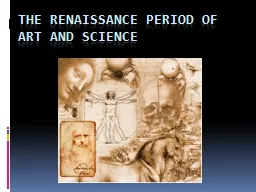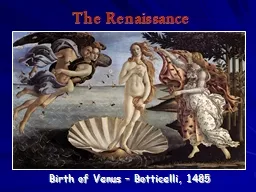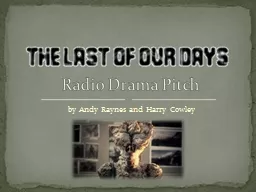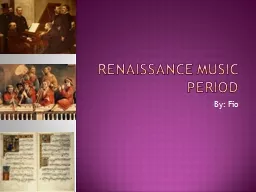PPT-Digital Renaissance Joel
Author : fluental | Published Date : 2020-07-02
Waldfogel University of Minnesota and NBER CREATe Conference February 4 2015 Introduction Digitization and media industries a twopart story Bad news on demand side
Presentation Embed Code
Download Presentation
Download Presentation The PPT/PDF document "Digital Renaissance Joel" is the property of its rightful owner. Permission is granted to download and print the materials on this website for personal, non-commercial use only, and to display it on your personal computer provided you do not modify the materials and that you retain all copyright notices contained in the materials. By downloading content from our website, you accept the terms of this agreement.
Digital Renaissance Joel: Transcript
Download Rules Of Document
"Digital Renaissance Joel"The content belongs to its owner. You may download and print it for personal use, without modification, and keep all copyright notices. By downloading, you agree to these terms.
Related Documents











![Renaissance Italy http://www.kmkz.com/jonesj/gallery/renaissance italy[1].jpg](https://thumbs.docslides.com/717618/renaissance-italy-http-www-kmkz-com-jonesj-gallery-renaissance-italy-1-jpg.jpg)


